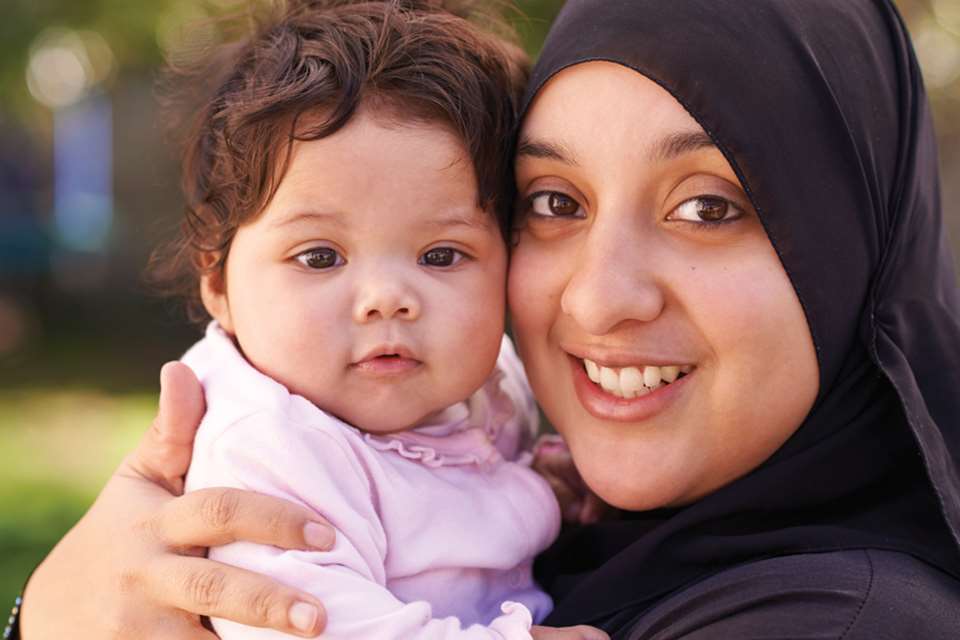A Unique Child: Inclusion - Come into play
Penny Tassoni
Monday, November 30, 2015
Play can be an useful tool in fostering social and emotional development in children. In an extract from her new book, Penny Tassoni looks at what practitioners need to think about

Being able to socialise, feel part of a community and have a strong sense of self are important for children. Children whose social and emotional development needs are atypical are in danger of being ‘excluded’ by adults and other children. Understanding ways in which we can foster children’s emotional and social development and support their mental health is therefore essential.
STARTING POINTS
Children also have a basic emotio-nal need to be loved and accepted by others. This forms the basis of social interaction and also positively supports mental health. Children’s ability to learn as well as to achieve their potential is closely tied to their social, emotional and mental health needs being met. Sadly, there is evidence to show that where children’s needs are not met in childhood, there is a hig-her likelihood of mental illness, including depression, in later lives.
SUPPORTING CHILDREN’S SOCIAL AND EMOTIONAL DEVELOPMENT
Adults play a key role in helping children to socialise and engage with others. We need to start by making sure that we create the optimum conditions for children to socialise. There are many ways of doing this within a setting, depending on the age, stage and needs of the children who you work with.
THE ROLE OF PLAY
Play is a wonderful way for children to explore their emotions and to develop social skills. It is also thought to be important for children’s mental health as it reduces their stress levels. Through play, children can legitimat-ely and safely show anger, be destructive and release a range of emotions. They can also use play to explore social situations and to develop some important social skills, such as learning to interpret others’ emotions.
Role play is just one of many types of play that is worth considering when planning for children’s emotional and social skills. The table below shows some types of activities grouped into play types and looks at examples of how they may support children’s emotional and social needs.
What this means in practice
It is important to consider how the play opportunities that you provide support individual children’s emotional and social needs. As well as observing and supporting children as they choose different play opportunities, it is worth thinking about introducing a child to a type of play that might benefit their needs.
TEACHING CHILDREN THE SKILLS OF PLAY
We often take play for granted, but some children need support to learn how to play alongside others. It can be helpful for children to learn to play at first with an adult. Look for games where children have to take turns or co-operate as part of the enjoyment. Something as simple as ‘roll a ball back’ can help children make eye contact and encourage turn taking.
Give children feedback as to why they are playing well; for example, ‘When you waited for your turn, it made me enjoy the game more.’ Introduce other children into any game and, where possible, gradually take a step back.
HELPING CHILDREN TO JOIN OTHERS’ PLAY
Some children need to learn how to join in or approach other children. This is a sensitive area and in the first instance it can be worth modelling how they might do this.
Types of play Examples Emotional and social benefitsSensory materials Water, gloop, sand, mud kitchens Relaxation through repeated movements and feel of material Allows children to show anger and be destructive Children may model each other’s movements Children can play by themselves, in parallel or co-operatively Provides rich experiences, which do not have to lead to an end product
Imaginative play Role play, dressing up, small-world play with farm animals; play people Children can play out their experiences and so express their feelings Children can take on a range of roles, including feelings of being powerful and in control Children can choose to play alone or with others
Construction Building blocks, Meccano-type kits, large-scale junk modelling Making things can help children to feel in control and powerful Children can feel purposeful and also have a sense of achievement Children may choose to create and then destruct Construction can help children to work with others as they share a project together Children can choose to play alone or with others
Physical play Climbing opportunities, using a ball to kick or throw, swings, balancing games, obstacle courses Physical activity can help children to express anger and frustration Physical activity can help children to feel calmer afterwards and less stressed Children can play alone, with others or in parallel
Creative play Painting, dough, cutting and pasting, collage, drawing This type of play can help children to express ideas and emotions using a range of media Children can feel a sense of achievement Children can use creative play to represent their feelings or to represent a situation Children can play alone or in parallel with others
]]







